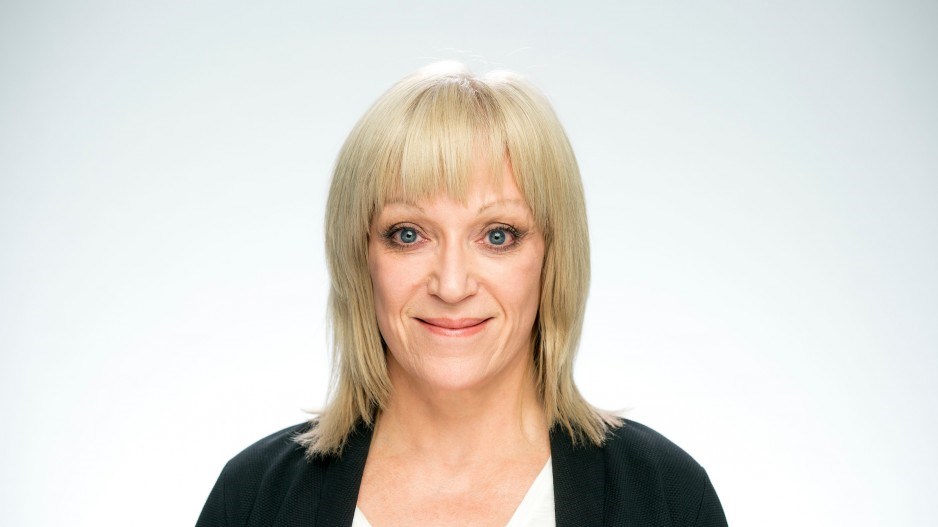Following last week’s announcement that any new LNG projects in B.C. must be net zero by 2030, as per the new Energy Action Framework, British Columbians may be wondering how an emissions-intense industry like natural gas extraction and liquefaction can possibly meet such ambitious emissions reduction targets.
Today, Woodfibre LNG decided to show its math on its own net zero plans for its Squamish plant, providing a guideline for how other LNG projects might also achieve net zero.
The $7 billion (US$5.1 billion) LNG plant in Squamish will produce 2.1 million tonnes of LNG annually, and 83,374 tonnes of CO2, compared to 13 million tonnes of LNG and four million tonnes of CO2 for phase 1 of the LNG Canada plant in Kitimat.
Woodfibre LNG CEO Christine Kennedy said the company has been working with climate consulting firm Brightspot Climate to validate its scope 1 and 2 emissions (direct and indirect) “to develop a credible and defensible net zero plan." The plan does not include scope 3 emissions, such as upstream emissions from natural gas extraction.
“Woodfibre will be facility net zero from the first day of operations,” Kennedy said.
She noted that Woodfibre LNG was approved several years ago under previous regulations, and is not actually required to meet the province's new Energy Action Framework's net zero requirements.
“We weren’t required to align with the new energy action framework because we already had our environmental assessment approval,” Kennedy said. “But this was work that had been underway with us for the last year.”
Woodfibre LNG, which is owned by Pacific Energy (formerly Pacific Oil and Gas), has pledged the Squamish LNG plant will be net zero in 2027, 23 years ahead of federal target of 2050.
The net zero plan includes electrification, new technology approaches and, ultimately, forestry carbon offsets for the hard-to-abate emissions that are still left over.
The Woodfibre LNG project was the first in B.C. to commit to using clean hydro electricity instead of natural gas to drive the chilling process that cools natural gas to minus 160 degrees Celsius into liquid form.
That doesn’t entirely eliminate combustion emissions, but does dramatically lower them compared to conventional LNG plans that use natural gas for its processing.
In almost any other natural gas producing region, using electric drive might have a negligible impact on the plant’s emissions intensity, since most other jurisdictions still use coal or natural gas, or both, to produce at least some of their electricity.
B.C.’s power, by contrast, comes almost entirely from clean, renewable hydro electricity, and small amounts of wind power.
For the Woodfibre LNG plant, using e-drive will reduce the plant’s emissions by 230,470 tonnes of CO2, according to Woodfibre's Roadmap to Net Zero plan.
The Woodfibre LNG plant itself will produce just 83,374 tonnes of CO2e annually, according to the roadmap made public today, giving it an emissions intensity of just 0.04 of CO2 equivalent per tonne of LNG (CO2e/tLNG).
By contrast, the Sabine Pass LNG project on the U.S. Gulf Coast has an emissions intensity of 0.26 CO2e/tLNG, and the provincial benchmark is 0.16 CO2e/tLNG.
“So Woodfibre clearly falls far below what that threshold is,” said Sheldon Fernandes, director of strategy and innovation at Brightspot Climate.
Kennedy added that, in addition to producing LNG with comparatively low emissions intensity in B.C., it also will lower emissions in Asia.
“It will displace coal powered facilities in the markets where we will operate,” Kennedy said.
Woodfibre will use a variety of technology to bring emissions as close to zero as possible -- using high-tech cameras and monthly surveys to identify and eliminate methane leaks in the system, for example. Any emissions that aren’t abated through technology or electrification will be offset through the purchase of carbon offsets.
“We put a priority on domestic, nature-based solutions that have First Nations involvement,” said Kennedy.
The two forestry offset programs Woodfibre will be using are the Cheakamus Community Forest and BigCoast Forest Climate Initiative.
Offsets will be purchased to offset construction activity emissions in order to be net zero from Day 1 of operation.


